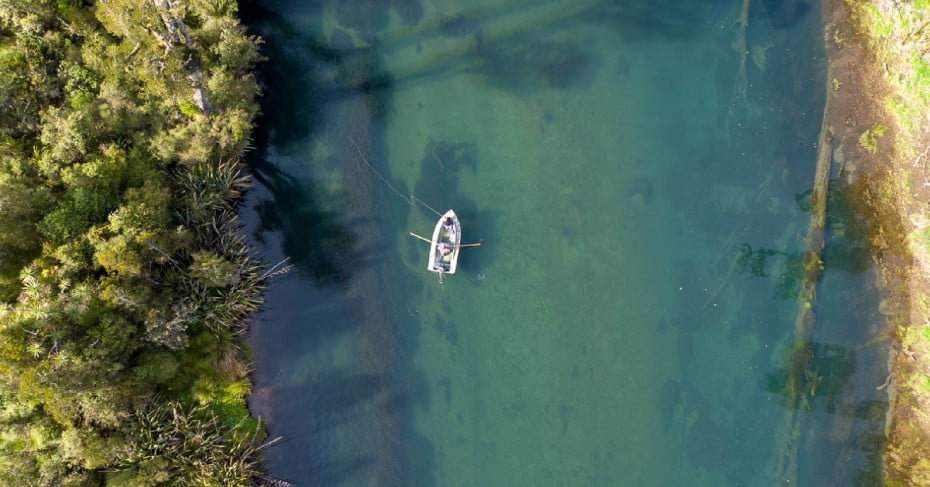West Coast fresh-air adventures
If your mission is to discover New Zealand's untouched natural beauty, the West Coast has it all. Huge national parks protect this special part of the world for travellers to experience and enjoy. From the West Coast beaches, ancient limestone formations and impossibly blue rivers, to spectacular glaciers, lakes and native rainforest, some of nature's finest work is waiting to be revealed.
Oparara Arches and Honeycomb Caves
Over millions of years, naturally acidic water from the forest floor of the Oparara Basin carved its way through ancient limestone to create river gorges, caves and huge rock arches. Today you can walk through rainforest in the Kahurangi National Park to experience the majesty of these natural formations first hand.
Franz Josef Glacier and Fox Glacier
Visiting the West Coast glacier country is like stepping onto a beautiful frozen planet with spectacular ice formations. The Franz Josef and Fox glaciers descend from the Southern Alps to temperate rainforest only a few hundred metres above sea level. Franz Josef is steeper and Fox is longer, with a snow-covered glacier head that's bigger than Christchurch city. They're both fast-moving by glacier standards, which helps to create the blue ice, caves and tunnels that you can explore on guided walks.
It takes about 15 minutes to walk from the car park up the valley to the viewing platform 750m from the lower end of Franz Josef Glacier. There are guided valley walks if you'd like to learn more about the area's fascinating history, geology and wildlife.
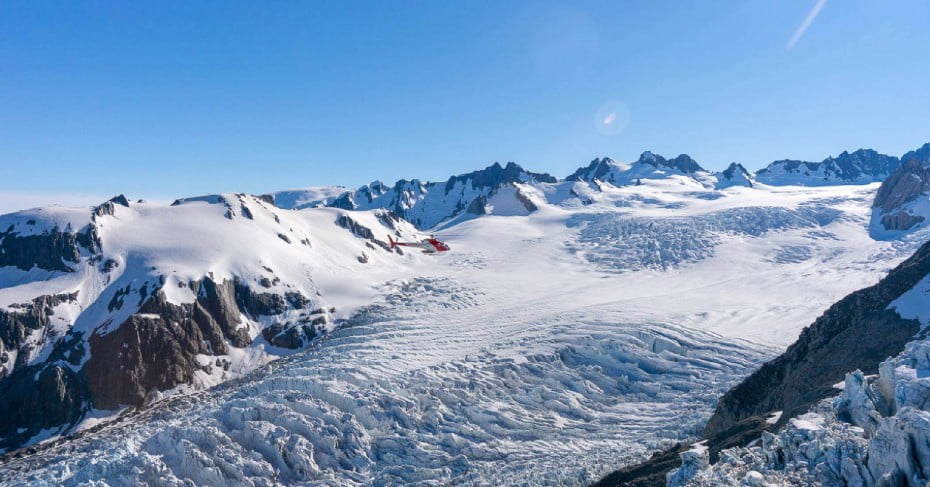
To get on the ice at either glacier you need a guide. Both glaciers offer small-group heli-hike and heli-ice-climbing tours. Typically lasting several hours, these tours are led by highly-skilled professional guides who select the best routes for the conditions to ensure your enjoyment and safety. If you'd simply like to see the glaciers from above, there are plenty of scenic flights to choose from.
Lake Mapourika
Travel to the Westland Tai Poutini National Park and see the largest lake in the region. Described as a kettle lake, it formed from the retreating Franz Joseph Glacier around fourteen thousand years ago. Take a toured kayak to explore this pristine rainforest lake. Enjoy tranquil vistas, total peace with a surreal alpine and glacier backdrop.
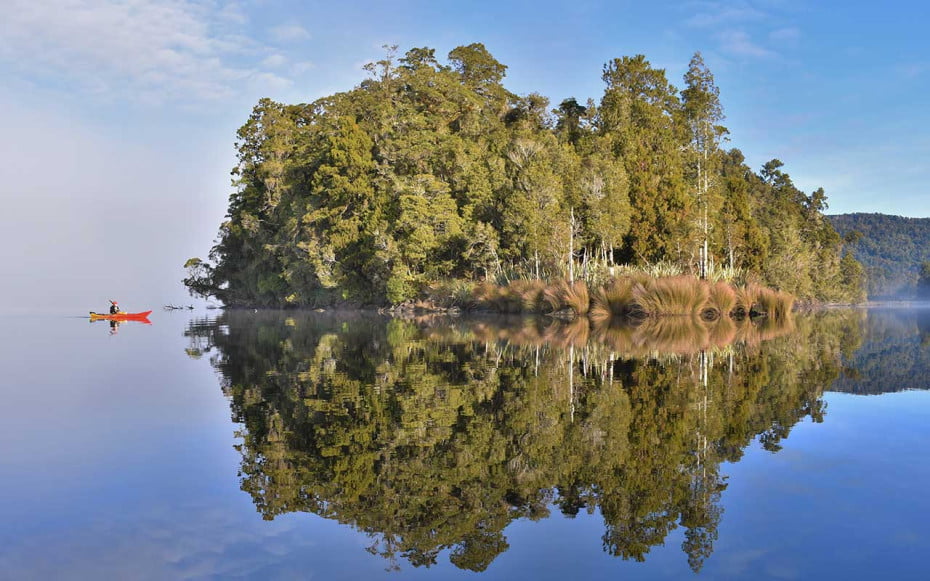
Oparara Arches and Honeycomb Caves
Over millions of years, naturally acidic water from the forest floor of the Oparara Basin carved its way through ancient limestone to create river gorges, caves and huge rock arches. Today you can walk through rainforest in the Kahurangi National Park to experience the majesty of these natural formations first hand.
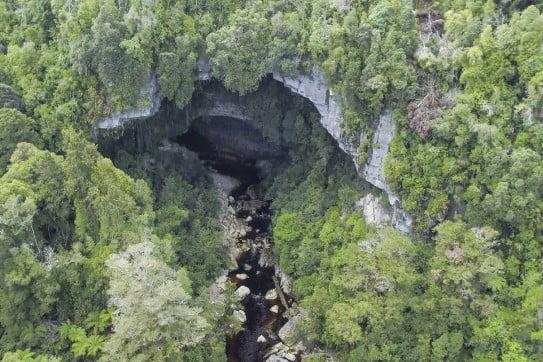
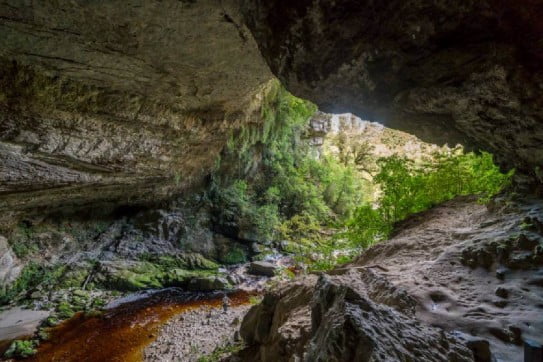
At the Oparara car park you'll find toilets, sheltered lunch tables and information panels about the area's history, geology, plants and birdlife. Two well-formed tracks lead from the car park to two magnificent arches. Oparara Arch, believed to be the largest limestone arch in Australasia, is a 25-minute walk away; and Moria Gate arch, considered by many to be even more attractive, is a 30-minute walk away. The track to Moria Gate continues to Mirror Tarn, a small reflective mountain lake, then back to the car park for a 1.5 hour loop walk.
For the ultimate adventure in this area, check out Oparara Guided Tours based in Karamea. They offer highly-informative small-group forest walks and tours of the extensive Honeycomb Caves system with knowledgeable local guides. These caves have phenomenal features, including moon milk formations, cave coral, rim pools, elephants' feet and moa bones. They're also in pristine condition, so you'll feel like a true speleologist. To maintain the caves' integrity, access is restricted by the Department of Conservation to groups led by these licenced guides.
The Oparara car park is 13km inland from the coast north of Karamea. The gravel road inland is narrow, steep in parts and not recommended for campervans or large vehicles.
At the Punakaiki Pancake Rocks, relentless ocean swells surge deep into sea caves sending plumes of water up blowholes and into the air with an almighty whoosh.
Hokitika Gorge Walk
Just 33km from Hokitika Beach and township, this picturesque river gorge is famous for its vivid turquoise water, white rock faces and green native forest. A well-formed track leads from the car park through native podocarp and rimu trees to the first viewing platform. From here you can look down on the gorge and out across neighbouring farmland. Continue along the forest track and you'll reach a swing bridge that crosses the river - from here there are spectacular photo opportunities of the forest, gorge and impossibly blue Hokitika River. After the bridge, the track continues to a bend in the river gorge with huge rock outcrops to relax on while you soak up the magnificent landscapes from the water's edge.
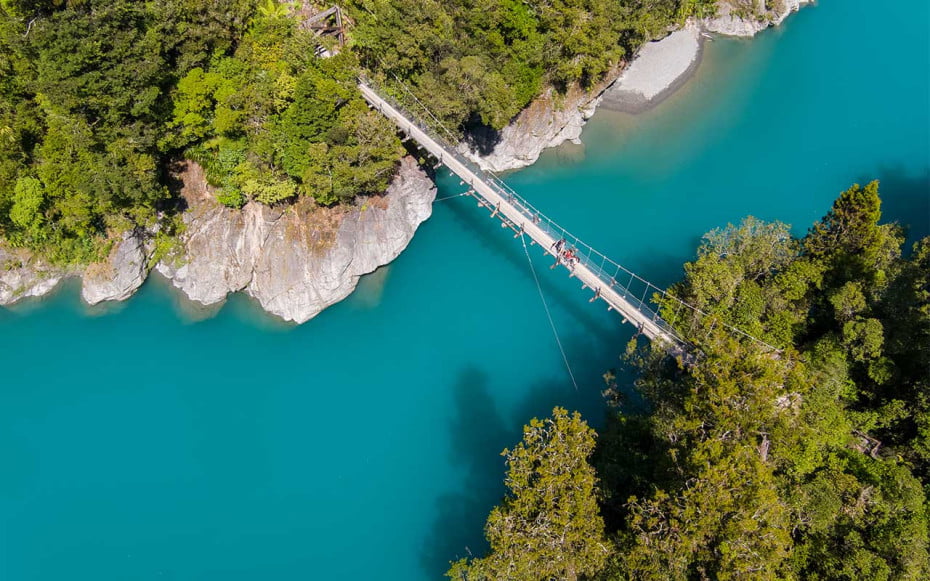
The Hokitika Gorge was carved by ancient glaciers formed in early ice ages. Today the river gets its striking milky-blue colour from super-fine 'rock flour' that's suspended in the water as it travels from glaciers in the Southern Alps. Choose either a quick 30min return walk from the car park or take the 2km 1hr loop track, most visitors spend a lot longer enjoying this very New Zealand scenic attraction.
To get on the ice at either glacier you need a guide. Both glaciers offer small-group heli-hike and heli-ice-climbing tours. Typically lasting several hours, these tours are led by highly-skilled professional guides who select the best routes for the conditions to ensure your enjoyment and safety. If you'd simply like to see the glaciers from above, without stepping onto the ice, there are plenty of scenic flights to choose from.
Punakaiki Pancake Rocks and Blowholes
On the West Coast, an hour's drive north of Hokitika, you'll discover an area with the most fascinating rock formations. Created 30 million years ago, as fragments of marine creatures were compressed deep on the ocean floor, these limestone rocks were eventually raised to the surface by the earth's natural forces. Over time the wind, waves and slightly acidic rain have eroded the limestone into shapes that resemble towering stacks of pancakes.
As if to add to its playful artistry, nature has also carved sea caves that run inland to link with vertical chimneys in the limestone rock. As the relentless ocean swells surge deep into the caves, they send plumes of water up the chimneys and into the air with an almighty whoosh. These blowholes are at their most magnificent around high tide on stormy days and regularly drench unwary visitors who pause too close for too long!
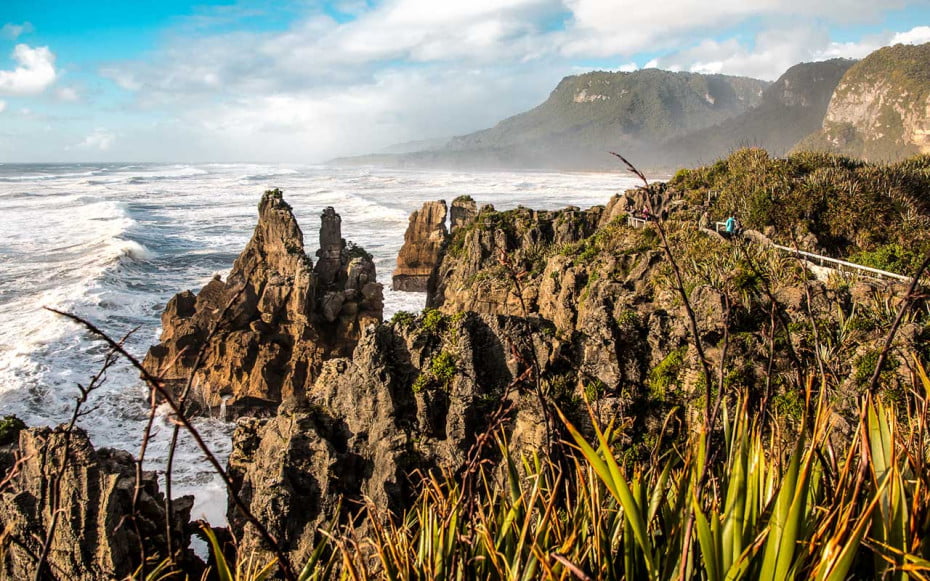
An easy, one-kilometre paved pathway loops from the car park through a stand of coastal native forest, around the pancake rocks and blow holes, and back again. The track is ideal for families with children, prams and wheelchairs, plus there's an optional side path with stairs. Set on a headland known as Dolomite Point, the walk not only leads you to the best views of the rocks and blowholes, it also offers spectacular long range views out across the ocean and along the beautiful coastline to the north and south. Exploring the Punakaiki rocks is frequently rated as one of the best things to do in Punakaiki.
Tree top walk
Just south of Hokitika, in a native forest reserve surrounding Lake Mahinapua, you can explore ancient tree tops on a walkway that's 20 metres above the forest floor, as well as a zipline. Wheelchair and pram-friendly, this sturdy steel walkway is lets you experience the majesty and birdlife of the West Coast's temperate rainforest. There's also a spiral staircase up a tower to 47 metres above the ground; once you're up there, the views of the lake, ocean and Southern Alps are astounding.
Informative interpretation panels along the walkway help you to learn more about the West Coast's rainforest, birdlife, heritage and fascinating landforms. As its name suggests, the West Coast Treetop Walk and Café also offers tasty food and coffee in a delightful alfresco setting.
Haast World Heritage area
Towards the southern end of the West Coast region, around the town of Haast, you can explore a vast area so untouched and unique it has been recognised by UNESCO as a World Heritage Area. Incorporating three national parks, and covering 2.6 million hectares, it's a wonderland for hiking and river adventures. Scenic helicopter tours and jet boat safaris make it easy to appreciate the enormous scale of this region and learn more about the geology, flora and fauna that make it unique.
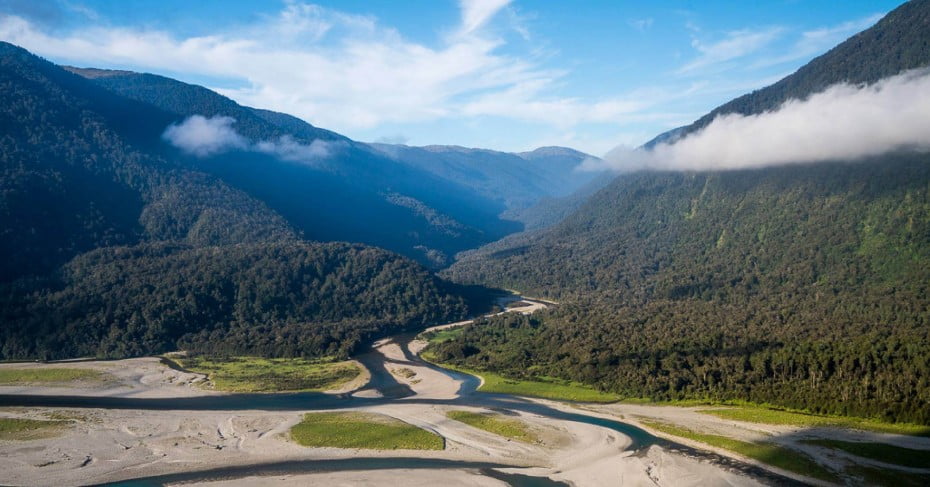
Along the coast from Haast to Jackson Bay, you'll find beautiful beaches, dunes, wetlands and lakes. Here you can see (from a safe distance) fur seal and penguin colonies, and some of the best ocean fishing around. This is also prime whitebait country, so be sure to try the local whitebait fritters when you see them on a menu.
Haast is at the southern end of the main West Coast highway, which continues inland to Wanaka and Queenstown via the scenic Haast Pass route.
Lake Brunner
Just 37km inland from Greymouth, Lake Brunner is the largest lake in the northern West Coast region. The small town of Moana is the only settlement on the lake's shore, so there's plenty of wilderness here to explore. Tracks maintained by the New Zealand Department of Conservation range from 20-minute strolls to eight-hour advanced mountain hikes. Apart from the lake shore, there are wetlands, rivers, waterfalls and long range summit views to enjoy.
Lake Brunner is prized for its trophy-size brown trout and local fishing charters help you to find the best spots on the lake, rivers and streams. Popular with local holiday makers, the lake is ideal for families with its calm waters for swimming, kayaking, sailing and boating. Another visitor highlight involves taking a small-group scenic boat tour to learn about the area's history, bird life and native plants. You can also capture some beautiful photographs, as the lake is often darkened by natural tannins and on calm days it reflects the sky and landscape like a mirror.
